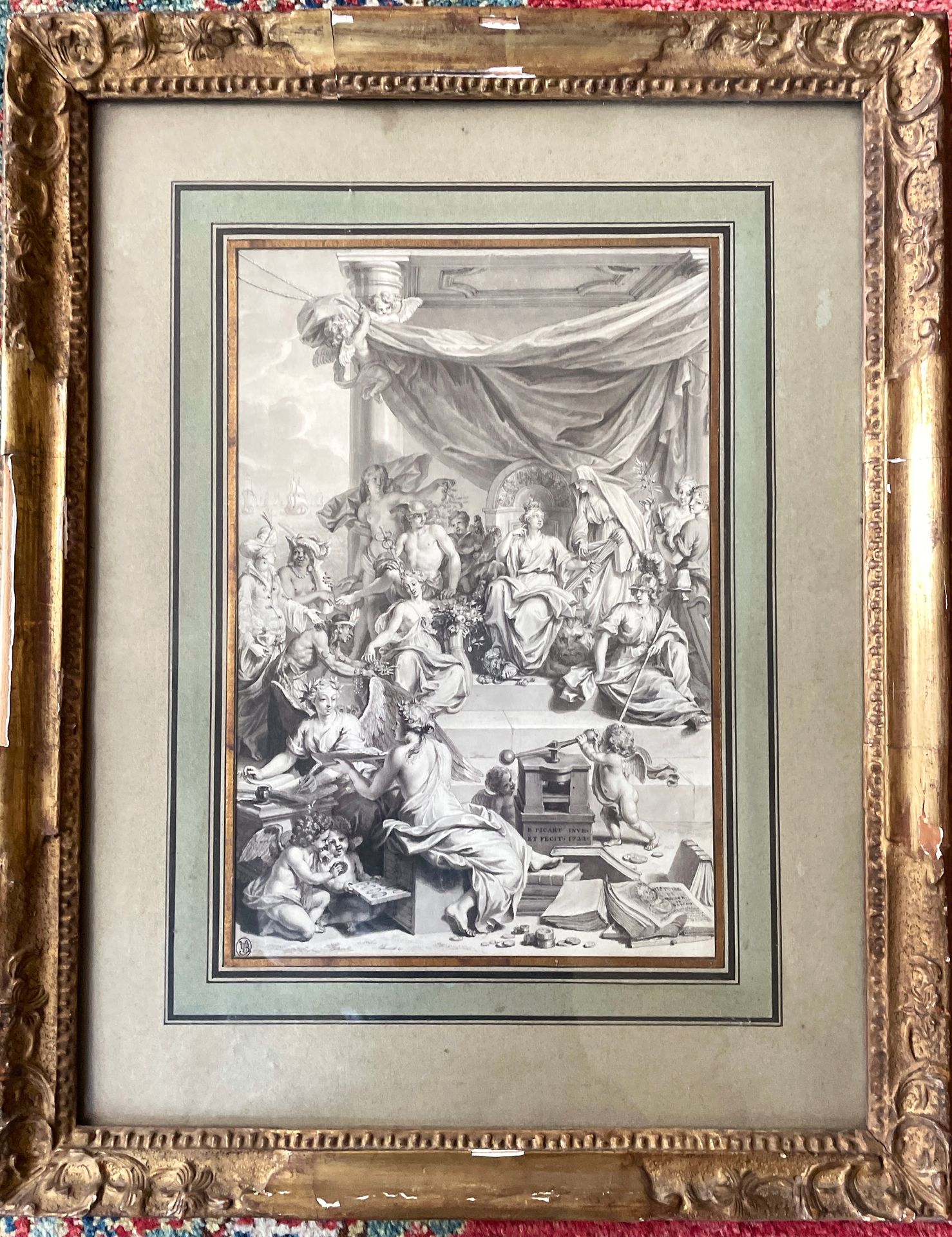Description
Bernard PICART (1673-1733) History of the House of Nassau Ink drawing signed and dated 1722, titled on the open book in the lower right corner. 31 x 21 cm
24
Bernard PICART (1673-1733) History of the House of Nassau Ink drawing signed and dated 1722, titled on the open book in the lower right corner. 31 x 21 cm
You may also like
